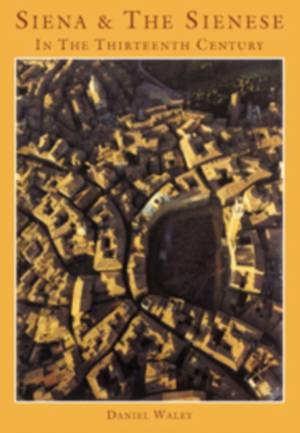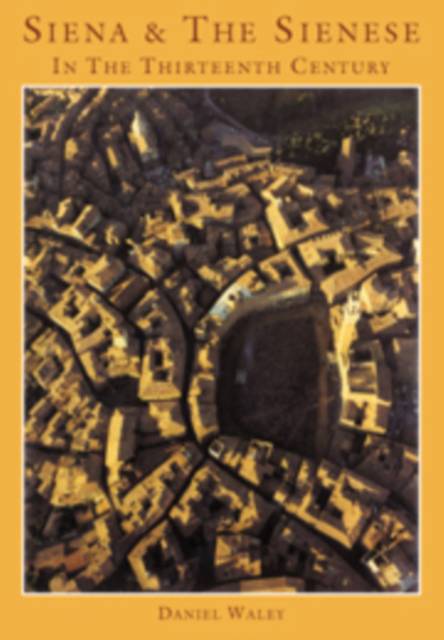
Je cadeautjes zeker op tijd in huis hebben voor de feestdagen? Kom langs in onze winkels en vind het perfecte geschenk!
- Afhalen na 1 uur in een winkel met voorraad
- Gratis thuislevering in België vanaf € 30
- Ruim aanbod met 7 miljoen producten
Je cadeautjes zeker op tijd in huis hebben voor de feestdagen? Kom langs in onze winkels en vind het perfecte geschenk!
- Afhalen na 1 uur in een winkel met voorraad
- Gratis thuislevering in België vanaf € 30
- Ruim aanbod met 7 miljoen producten
Zoeken
€ 183,45
+ 366 punten
Uitvoering
Omschrijving
This 1991 book portrays the life and institutions of a great medieval Italian city, Siena, through the surviving records and buildings of the period. Laws, council minutes, records of the commune's revenue and expenditure, wills and other charters from the thirteenth century are among the plentiful material which makes up the picture of the city republic's institutions and those who ran them. The main themes are the political institutions of the city, and the involvement of the citizens in them. The religion of the Sienese is also investigated. This is a portrait of a special, but not untypical, society which was engaged in an experiment in oligarchic self-government. Although the milieu was urban, Siena's bankers and tradesmen, craftsmen and those involved in transport and agricultural labour, were in many cases landowners: the city was dependent on and greatly involved with its rural environment. The precocity of the commune's governmental methods and the wealth of information that has survived mean that the medieval life of this famous and beautiful Tuscan city can be depicted in full and convincing detail.
Specificaties
Betrokkenen
- Auteur(s):
- Uitgeverij:
Inhoud
- Aantal bladzijden:
- 246
- Taal:
- Engels
Eigenschappen
- Productcode (EAN):
- 9780521403122
- Verschijningsdatum:
- 12/09/1991
- Uitvoering:
- Hardcover
- Formaat:
- Genaaid
- Afmetingen:
- 170 mm x 244 mm
- Gewicht:
- 594 g

Alleen bij Standaard Boekhandel
+ 366 punten op je klantenkaart van Standaard Boekhandel
Beoordelingen
We publiceren alleen reviews die voldoen aan de voorwaarden voor reviews. Bekijk onze voorwaarden voor reviews.









